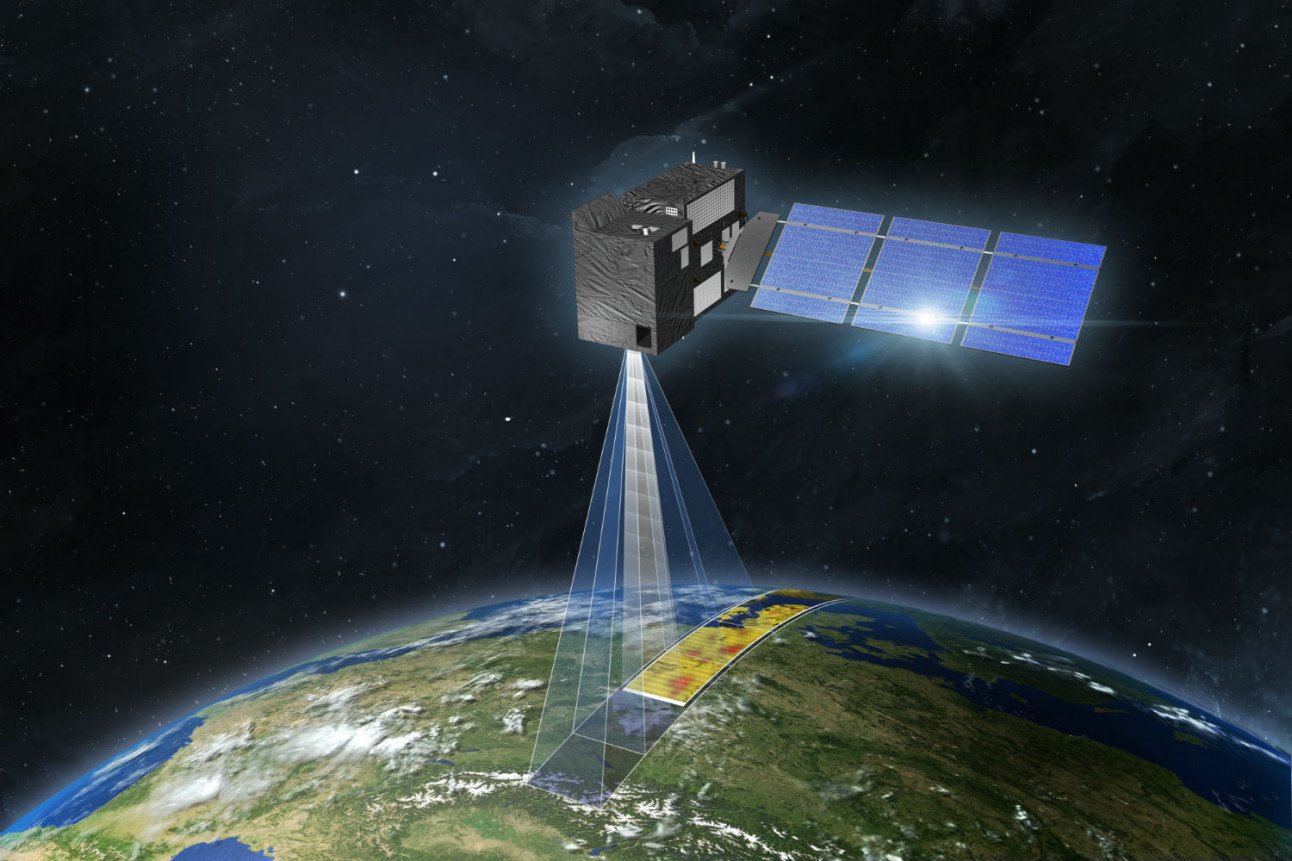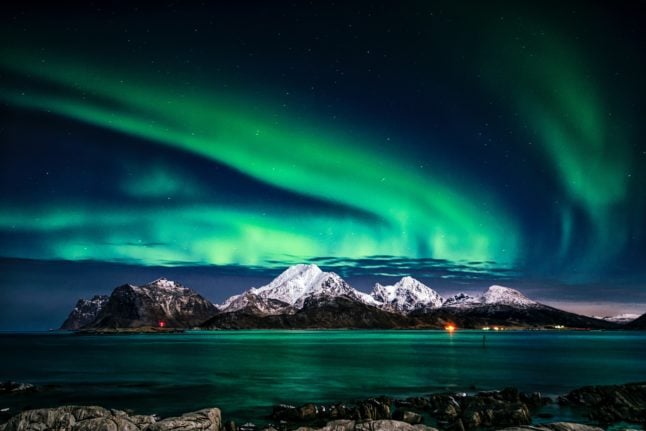Its latest coup was claiming a hefty slice of business from contracts signed in early July by the European Space Agency (ESA) as it builds up its Earth observation programme known as Copernicus.
Among the six new satellites, an OHB-built orbiter will keep an eye on carbon dioxide (CO2) emissions stemming from human activity over the coming decades.
The aim: offering policymakers the data they need to find ways of reducing greenhouse gas output.
“Some space missions are mostly relevant to science. At OHB, we like projects that help people in their everyday lives,” chief executive Marco Fuchs told AFP.
Thales Alenia may have secured the lion's share of ESA orders this time around, but OHB is “ideally positioned” to play a role in “permanent observation of the Earth in environmental, climate and security terms”, Fuchs said.
READ ALSO: 10 breathtaking views of Germany from space
Germany's aerospace sector claimed around 30 percent of the “Copernicus 2.0” business, or €800 million.
That shows it is “well equipped to be competitive internationally”, believes Thomas Jarzombek, a lawmaker who tracks aerospace issues for Chancellor Angela Merkel's CDU party.
The sector has also been abuzz in recent months as Germany signalled ambitions to significantly ramp up the industry.
Economy Minister Peter Altmaier raised hopes when he voiced support in October for a proposal from industry federation BDI to develop a space mission launch centre in Germany.
Family first
OHB's success with Copernicus was in part down to the laurels it earned working on Galileo, the ESA's other flagship programme offering satellite navigation to match the American GPS system.
The Bremen-based company with its 2,800 workers built around 20 of the satellites in the network.
Snatching that contract from under the nose of Airbus subsidiary Astrium in 2010 rocketed aerospace also-ran OHB into the ranks of top manufacturers.
When businesswoman Christa Fuchs bought the small company known as Otto Hydraulik Bremen in 1982, it had been repairing ships since its founding a quarter of a century before.

The satellites play a role in monitoring carbon emissions. Photo: obs/©OHB SE
But her husband, aerospace engineer Manfred Fuchs, joined the firm a few years later and piloted it off in a new direction — handing the controls over to his son Marco, a former corporate lawyer, in 2000.
The family holds 70 percent of the firm to this day, with the rest traded on the stock market and valued at a total €740 million.
The coronavirus pandemic has had an impact on OHB, prompting the company to give up on paying out a dividend to shareholders this year as well as performance-related bonuses or pay rises to staff.
But it is pressing on with new projects, including developing its own rocket at a site in the Bavarian city of Augsburg to deliver small satellites into orbit.
'Try something new'
Typical of Germany's industrial backbone of successful small and medium-sized firms, OHB has resisted plans of French Economy Minister Bruno Le Maire to bolt it together with France's Arianegroup and Italy's Avio.
“Merging Arianegroup and OHB would not improve the EU's space industry,” CEO Fuchs insists.
OHB itself has meanwhile set its sights on other related projects.
READ ALSO: Meet the Germans who want to move to Mars
Marco Fuchs argues that “the EU should try something new… in the telecommunications space”.
“Europe needs its own network of versatile satellites, like those being built by competitors like Project Starlink of Space X or Kuiper by Blue Origin,” he said.
Billionaire Elon Musk's Starlink programme and Amazon mogul Jeff Bezos' Kuiper aim to deliver connectivity to the remotest locations on land and sea.
Fuchs' plans may well fit the EU's ambitions.
European Commissioner Thierry Breton recently told France's Le Figaro daily that he would “very soon” propose plans for the EU to become more independent in broadband internet.
By Jean-Philippe Lacour



 Please whitelist us to continue reading.
Please whitelist us to continue reading.
Member comments